- WE MOVED !!!
-
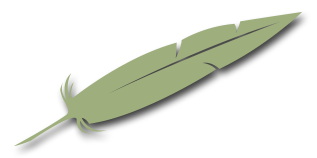 Professional Acupuncture & Physical Therapy1118 East Superior Street
Professional Acupuncture & Physical Therapy1118 East Superior Street
Duluth, MN 55802(218) 724-3400 Clinic Hours
Mon8:00 am - 4:30 pmTue1:45 pm - 4:30 pmWed8:00 am - 4:30 pmThu8:00 am - 4:30 pmFriCLOSED
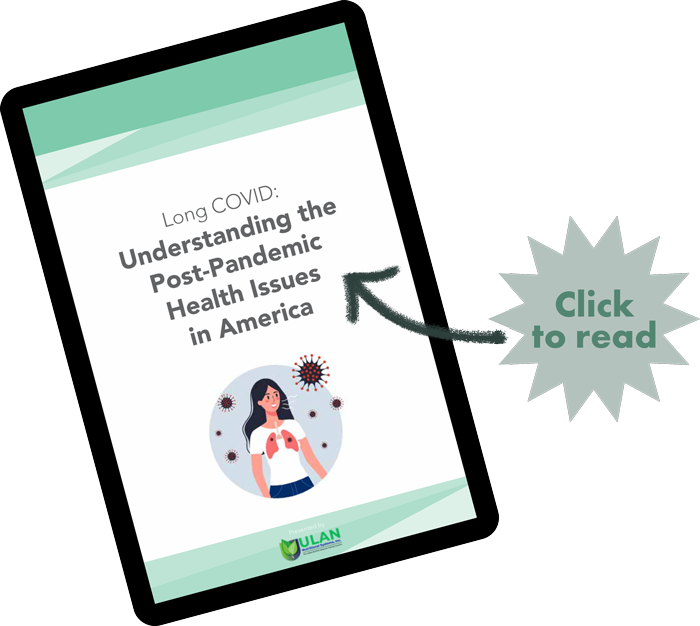
- Long Covid Booklet
Acupuncture
Seasonal Eating and Chinese Dietary Therapy: A Harmonious Approach to Health
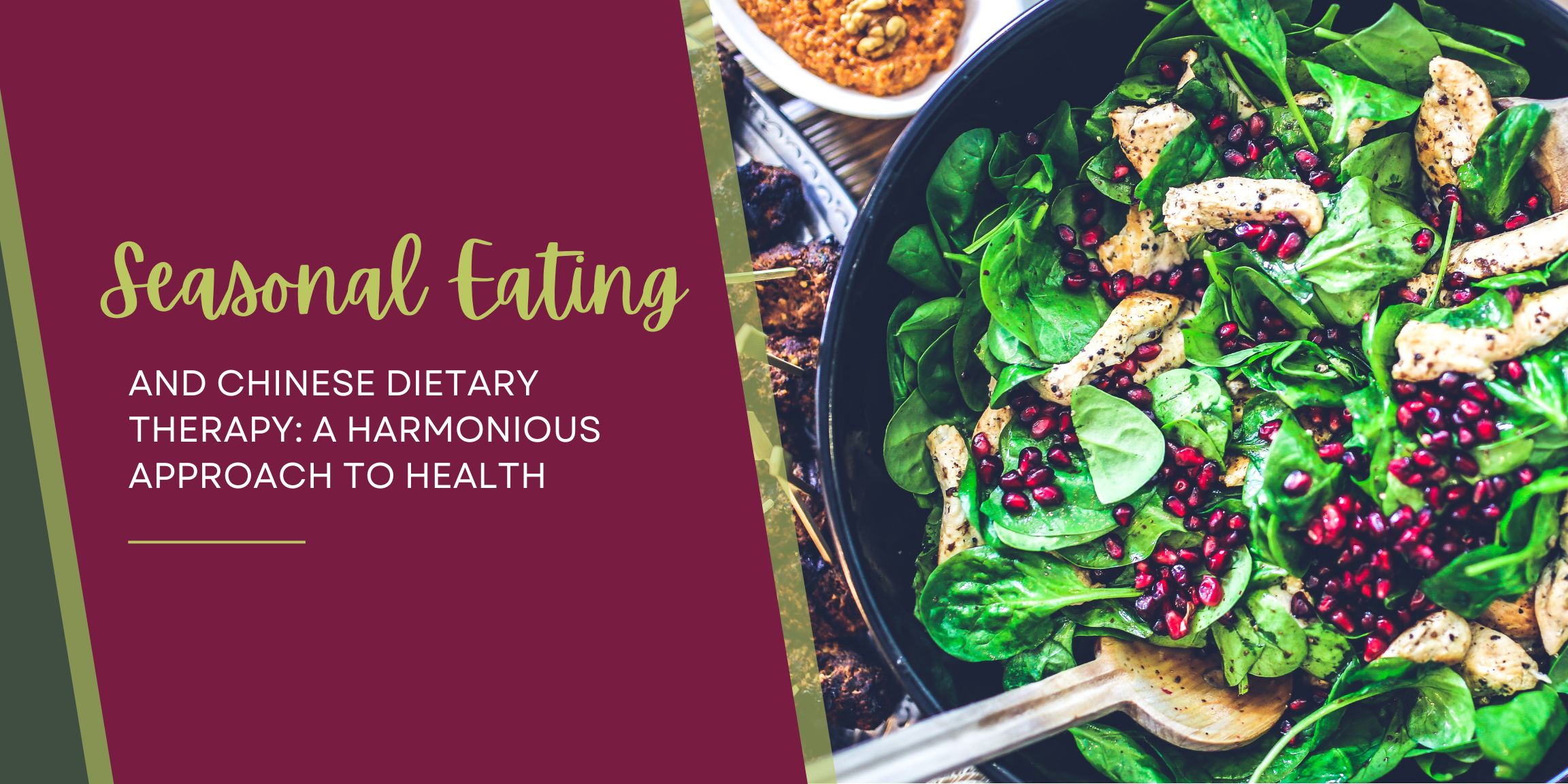
Traditional Chinese Medicine (TCM) proposes a holistic approach to health and well-being, emphasizing the importance of harmony and balance in every aspect of our lives. This extends to our dietary choices, with a particular emphasis on aligning our diets with the changing seasons.
In TCM, seasonal eating is not merely a nutritional philosophy but a way to live in harmony with the rhythms of nature. Each season offers a unique bounty of foods that not only taste best at their peak but also provide specific nutritional benefits that cater to the body’s seasonal needs.
In this article, we will explore the concept of seasonal eating according to TCM, provide a list of foods for each season along with a short recipe, and discuss how Chinese dietary therapy can aid in managing several common conditions.
Foods and Recipes for Each Season
Spring
Foods: Leafy greens, sprouts, berries, lemons, asparagus, green beans, peas, and strawberries.
Recipe: Spring Green Salad
Toss together a handful of fresh leafy greens, sprouted seeds, sliced strawberries, and peas. Dress it lightly with a lemon vinaigrette for a refreshing spring salad.
Summer
Foods: Watermelon, cucumber, tomatoes, zucchini, bell peppers, apricots, and peaches.
Recipe: Chilled Cucumber Soup
Blend peeled and chopped cucumbers with plain yogurt, fresh dill, and a squeeze of lemon juice. Chill before serving for a cooling summer soup.
Autumn
Foods: Pumpkin, sweet potatoes, apples, pears, beetroot, and figs.
Recipe: Baked Apples
Core apples and fill with a mixture of oats, cinnamon, and honey. Bake until tender for a warming autumn dessert.
Winter
Foods: Root vegetables, hearty soups, stews, nuts, meats, and spices like ginger and cinnamon.
Recipe: Hearty Winter Stew
Sauté root vegetables with your choice of meat, add in warming spices, and let simmer until everything is tender and flavors meld together.
Chinese Dietary Therapy for Common Conditions
Chinese dietary therapy can aid in managing and preventing various common conditions, often complementing other TCM treatments. Here are a few examples:
Digestive Issues: Bloating, indigestion, and constipation can be managed by avoiding cold and raw foods, especially in the winter. Warming foods that aid digestion, such as ginger and cinnamon, are recommended.
Colds and Flu: Warming foods like garlic, onion, and leek can help fend off colds. If a cold has already set in, cool and light foods like mint tea or pear soup can alleviate symptoms.
Inflammation: Cooling foods like cucumber, watermelon, and mint can help alleviate inflammatory conditions, while warming foods like ginger can stimulate blood circulation and promote healing.
Mood Disorders: Certain foods can help balance the body’s Qi, leading to improved mental health. For example, the sweet taste, associated with the Earth element, can provide comfort and aid in stress management when consumed in moderation.
Insomnia: TCM recommends a balanced diet to ensure a good night’s sleep. For instance, sour foods can help restrain the mind, aiding those who have trouble sleeping due to excessive thinking.
Seasonal eating according to TCM offers a holistic, balanced approach to nutrition, placing emphasis on harmony with nature’s rhythms. By understanding the thermal qualities of foods, eating according to the seasons, and leveraging the therapeutic power of dietary therapy, we can promote overall health and manage common conditions in a harmonious and natural way.
Acupuncture and Heart Health
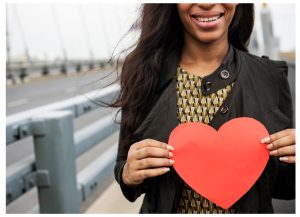 Researchers from the Tianjin University of Chinese Medicine tested the efficacy of acupuncture, herbs and drug therapy for heart health, and what they found was incredible. The addition of Traditional Chinese Medicine therapies increased patient outcomes by 28 percent, with regards to arrhythmias, palpitations and tachycardia. The researchers tested prescription medications alone and with the addition of acupuncture and herbs. In this study, the addition of acupuncture and herbs increased the positive effect and decreasing the symptoms the patients were experiencing. The researchers used the exact same protocol for all patients involved in the study. The same acupuncture points, herbal formula and pharmaceuticals were used on all participants. For the treatment group, the effective rate was 92 percent overall.
Researchers from the Tianjin University of Chinese Medicine tested the efficacy of acupuncture, herbs and drug therapy for heart health, and what they found was incredible. The addition of Traditional Chinese Medicine therapies increased patient outcomes by 28 percent, with regards to arrhythmias, palpitations and tachycardia. The researchers tested prescription medications alone and with the addition of acupuncture and herbs. In this study, the addition of acupuncture and herbs increased the positive effect and decreasing the symptoms the patients were experiencing. The researchers used the exact same protocol for all patients involved in the study. The same acupuncture points, herbal formula and pharmaceuticals were used on all participants. For the treatment group, the effective rate was 92 percent overall.
Traditional Chinese Medicine, just like Western medicine, believes the heart is responsible for the circulation of blood. When the heart is strong, circulation will be sufficient, the body will be well-nourished and the pulse will reflect that by being full and regular. Both medical systems agree that a weak heart can manifest as palpitations, chest pain and even heart disease or a heart attack. Where the two medical systems differ is this: TCM also acknowledges the heart “houses the mind”.
In TCM, the heart and the mind are virtually inseparable. The heart governs the ability to think clearly, sleep soundly and maintain a good memory. Our emotional state is strongly influenced by how healthy or unhealthy our heart may be. A weak and deficient heart may create feelings of anxiety and mania, while also contributing to insomnia, forgetfulness and lack of concentration.
Heart health can be reflected in the facial complexion also. A nice rosy complexion indicates a strong healthy heart, while a pale or sallow complexion is indicative of a deficient, weak heart. If the heart blood becomes stagnant, the complexion may have a purplish tint. When the complexion is reddish, this may indicate heart heat.
Acupuncture and TCM have been managing heart health for centuries. Regular acupuncture treatments have been found to be very helpful in lowering blood pressure. The needles stimulate the release of opioids, which then decrease the heart’s activity and its need for oxygen. This in turn, helps lower blood pressure.
Stress is another factor that can greatly affect the health of the heart. Unmanaged, chronic stress can lead to heart disease, high blood pressure, heart arrhythmias and even heart attacks. Numerous studies have shown stress can be easily managed through the use of acupuncture. TCM offers more than just acupuncture to treat stress though. Herbal formulas and exercises like tai chi and qi gong are all wonderful tools for managing stress and keeping the heart healthy.
Poor sleep and insomnia has been linked to heart failure, heart attacks, high blood pressure, stroke and obesity. And yet again, TCM can help treat a wide array of sleep problems without the harsh side effects of many pharmaceuticals.
Without a healthy heart, the body cannot function properly and the mind may be clouded and disconnected. Call Heidi at (218) 724-3400 in Duluth Minnesota for a consultation to see how TCM can assist you with all of your heart health needs.
Acupuncture and Men’s Health

Traditional Chinese Medicine (TCM) is a complete medical system that has been around for nearly 3,000 years. It combines nutrition, herbs, acupuncture and other modalities to help keep the body functioning properly, while also treating any ailments that might occur. TCM has been used to treat both men and women, regardless of age and it is frequently becoming the medical choice for those who prefer to treat things naturally.
There are certain health issues more prevalent in men than women and many of these conditions can be easily controlled or treated using Traditional Chinese Medicine. Afflictions such as high blood pressure, depression, urinary issues, stress and prostate problems are just a few of the issues that are more frequently seen in men than women. And these issues, along with many others, respond very favorably to acupuncture and TCM.
Most people think of acupuncture for pain relief, but the truth is it can treat much more. Acupuncture can help with anxiety, depression, heart health, insomnia, digestive issues and of course any kind of pain. Acupuncture is most commonly thought of as a way of relieving pain and it is usually sought out after everything else has failed to provide adequate pain relief. Without purposely trying to cause a debate between the sexes, it is statistically shown that men are less likely to seek out help when they experience pain, as they don’t want to appear weak. This is where something like acupuncture can be a great asset for men. Regular acupuncture treatments as preventive medicine can help keep them in top shape, thus avoiding aches, pains, strains and pulls.
Acupuncture also calms the mind, the nervous system and the endocrine system. All of these things work in conjunction to keep the body functioning properly. However, in the world we currently live in, stress, anxiety and depression have become rampant. Specific acupuncture points can literally decrease the heart rate, slow breathing and relax the mind in a matter of seconds to minutes. This helps alleviate the added stress that men, in particular, feel on a daily basis.
TCM has a long history of being used to help with fertility issues and sexual vitality. As men age and life takes over, many men experience a lack of libido and decreased sexual function. Improperly balanced hormones affected by long hours at the office, improper diet and lack of sleep can all lead to sexual dysfunction and fertility problems. This all relates to the kidneys in Traditional Chinese Medicine. Regular acupuncture treatments and herbs are a great way to return hormone levels to normal and restore sexual vitality in men.
In much the same way that TCM helps balance hormones within the kidney and endocrine system, it is also frequently used to regulate the circulatory system. Men, once again, tend to have higher levels of stress that can affect the heart and circulatory systems. Specific acupuncture points and herbs can easily lower blood pressure, calm heart arrhythmias and increase circulation to the peripheral areas of the body.
This just touches the tip of the iceberg when it comes to men’s health. But it is easy to see why choosing acupuncture to help keep the body in alignment is a great option, especially for men. Visit Heidi in Duluth Minnesota to take charge of your health today!
Unlock the Power of Wellness: The Benefits of Acupuncture and Why You Should Share the News

In our fast-paced world, maintaining optimal health and well-being is a priority. Acupuncture, a traditional Chinese medical practice, is gaining traction as a holistic and effective treatment for a myriad of health issues. As we prepare to celebrate Acupuncture and Herbal Medicine Day on October 24th, let’s delve into the profound benefits of acupuncture and explore why it’s essential to share this enlightening information with friends and family.
The Myriad Benefits of Acupuncture:
- Alleviates Chronic Pain:
– Experience relief from chronic ailments such as back pain, arthritis, and migraines. - Reduces Stress and Anxiety:
– Harmonize your mind and body, lowering stress and anxiety levels for a calmer, more balanced you. - Enhances Immune System:
– Fortify your immune system, bolstering your body’s defense against illnesses. - Improves Sleep Quality:
– Overcome insomnia and enjoy restful, rejuvenating sleep, empowering you to tackle each day with renewed vitality. - Offers Allergy Relief:
– Say goodbye to allergies by strengthening your body’s resilience to environmental irritants. - Supports Mental Focus and Clarity:
– Sharpen your mental focus and clarity, enhancing productivity and mental well-being. - Mitigates Digestive Issues:
– Improve your digestive health, fostering better nutrient absorption and overall wellness.
The Power of Sharing:
Educating our friends and family about acupuncture’s remarkable benefits is a step towards a healthier, more balanced community. Sharing this information:
- Empowers individuals to make informed health decisions.
- Debunks myths and uncertainties about acupuncture.
- Encourages a proactive approach to personal well-being.
- Cultivates a supportive community centered on health and wellness.
Why Choose a Qualified and Certified Acupuncturist:
It’s crucial to choose a qualified and certified acupuncturist to ensure safe and effective treatment. Acupuncturists undergo extensive training, including four years of schooling and rigorous examinations, guaranteeing they have the comprehensive knowledge and skills to provide exceptional care.
As we embrace the holistic healing of acupuncture, let’s unite in spreading the word about its transformative benefits. Read, learn, and share this newsletter with friends and family, fostering a community enriched with wellness and vitality. Your journey to optimal health and well-being is a shared adventure. Let’s embark on this path together, celebrating the gift of acupuncture and its bounteous blessings for our health and lives.
Embark on your wellness journey today! Schedule an acupuncture session with Heidi in Duluth Minnesota and experience the abundance of health benefits it offers. Share the wellness. Share the healing. Share the love.
Functions of the Stomach and Spleen

Here are some tips that you can use to help balance and support your health. Please feel free to call me at (218) 724-3400 if you have further questions or concerns.
Traditional Chinese Medical (TCM) doctor and a western medical doctor perceive the body somewhat differently. Each organ according to TCM has its own set of functions. Some overlap with the western functions, and some are entirely different.
One thing that is important to think about, is that when an acupuncturist talks about your organs, they are talking about them in terms of the way they were trained to make a diagnosis.
So, it doesn’t necessarily mean that there is something biologically wrong. It means that according to the ways an acupuncturist was trained, that particular organ could be part of the overall pattern that is leading to specific symptoms and signs. According to TCM, one of the main functions of the spleen is to transform and transport energy and fluids from food. When your spleen is healthy it sends excess fluid up to the lungs, where it will be vaporized and expelled.
The energy of the stomach is descending in nature so excess fluid and food waste will be sent downwards to the excretion organs. If stomach energies rebel, the energy moves upwards instead of downwards, causing nausea, vomiting and excess gas.
When the energy of the spleen is weak instead of ascending the Qi (or vital life source according to TCM) sinks downwards resulting in lethargy, excess dampness and phlegm – and in extreme cases, prolapse of organs. Stress, overactive liver, illness and pregnancy are all potential causes for stomach Qi ascending.
Things like overthinking, excessive work habits, and even eating while working, are potential causes of spleen Qi sinking.
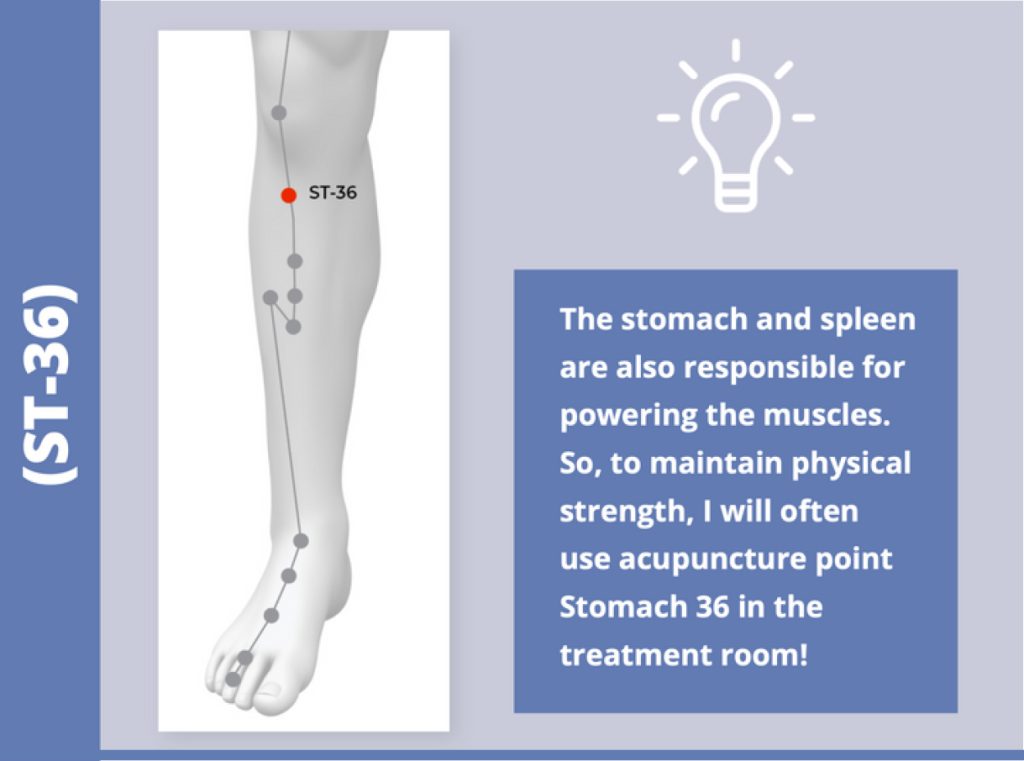
Stomach 36 – Zusanli
This point is just below your knee. It’s known to treat digestive issues, it can support your immune health and even expel “pathogens” from the body. Moxa herb on ST 36 can help fight off pathogens all through the cold and flu season. ST-36 is also great for fatigue.
Zusanli is the chinese name for this point, the translation means ‘leg three miles’. If you’re running and you’ve run out of muscle power you can massage point ST-36 and get another three miles. This point is all around an amazing point for overall well being. When you’re feeling tired and fatigued – even if you have brain fog, another acupuncture point Spleen 3 (SP-3), that can be used in conjunction with ST-36.
An acupuncturists super-simple guide to keeping your spleen strong
Avoid damp, sugary, greasy, cold foods. Eat warm, dry foods, herbs, warm drinks. You do not need to worry about this too much in the summertime, but always be mindful about warming the digestion and stoking the digestive fire. You don’t want to dilute the digestive fire by adding too much yin, water, and too much dampness. Your digestion is the first point of generation of your physical chi, for your body, for your mind, for your life and for your dreams.
You may also have an imbalance of these acupuncture organ systems if you answer yes to any of the questions below:
- Do you get sweet cravings?
- Have you got any food insensitivities?
- Do you get bloated after meals?
- Do you find it difficult to get up in the morning?
- Do you have physical or mental fatigue?
- Do you get loose stools?
If you have at least two or three of the above I would highly recommend the suggestions above – and come and see us in Duluth MN.
